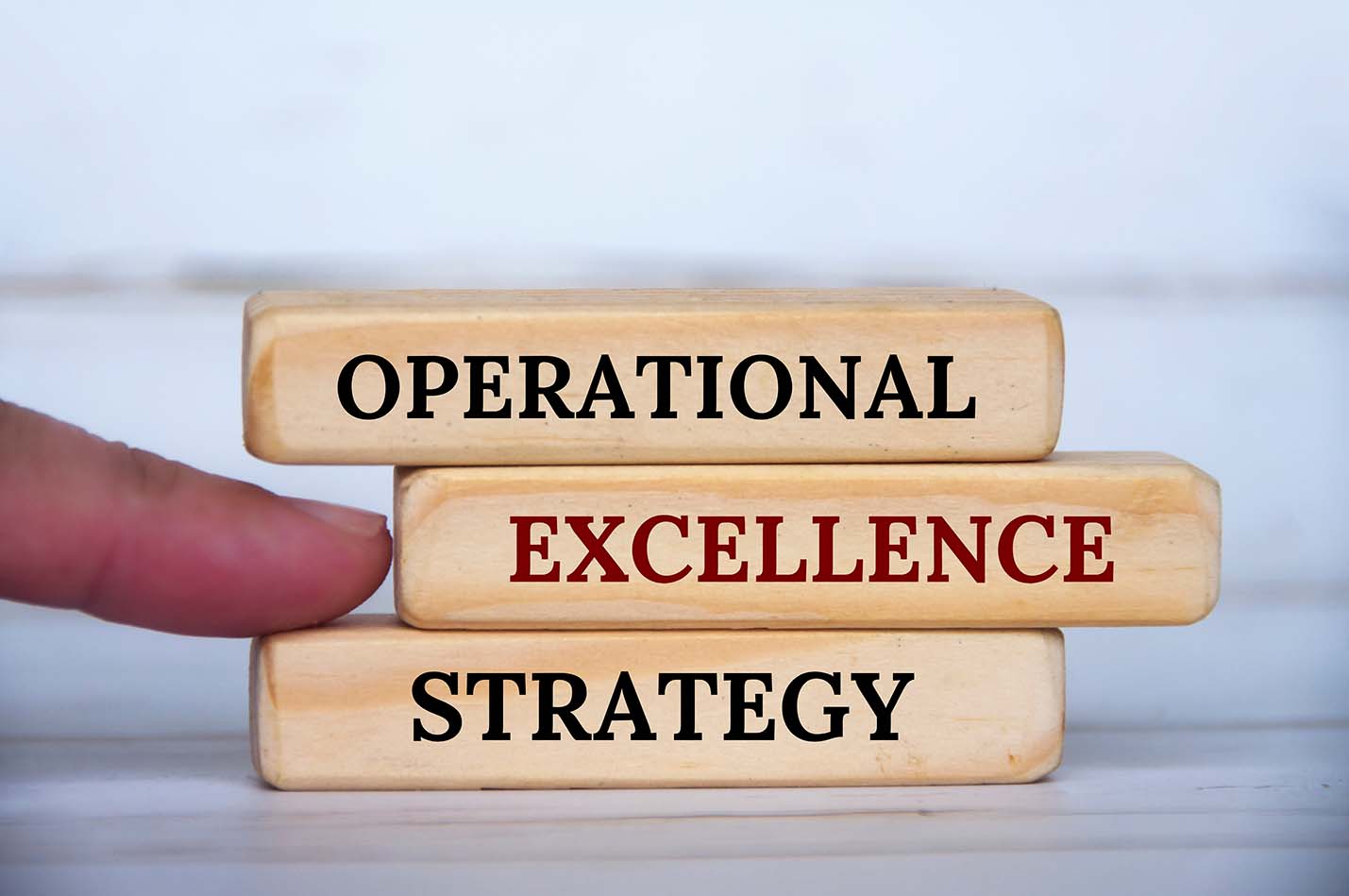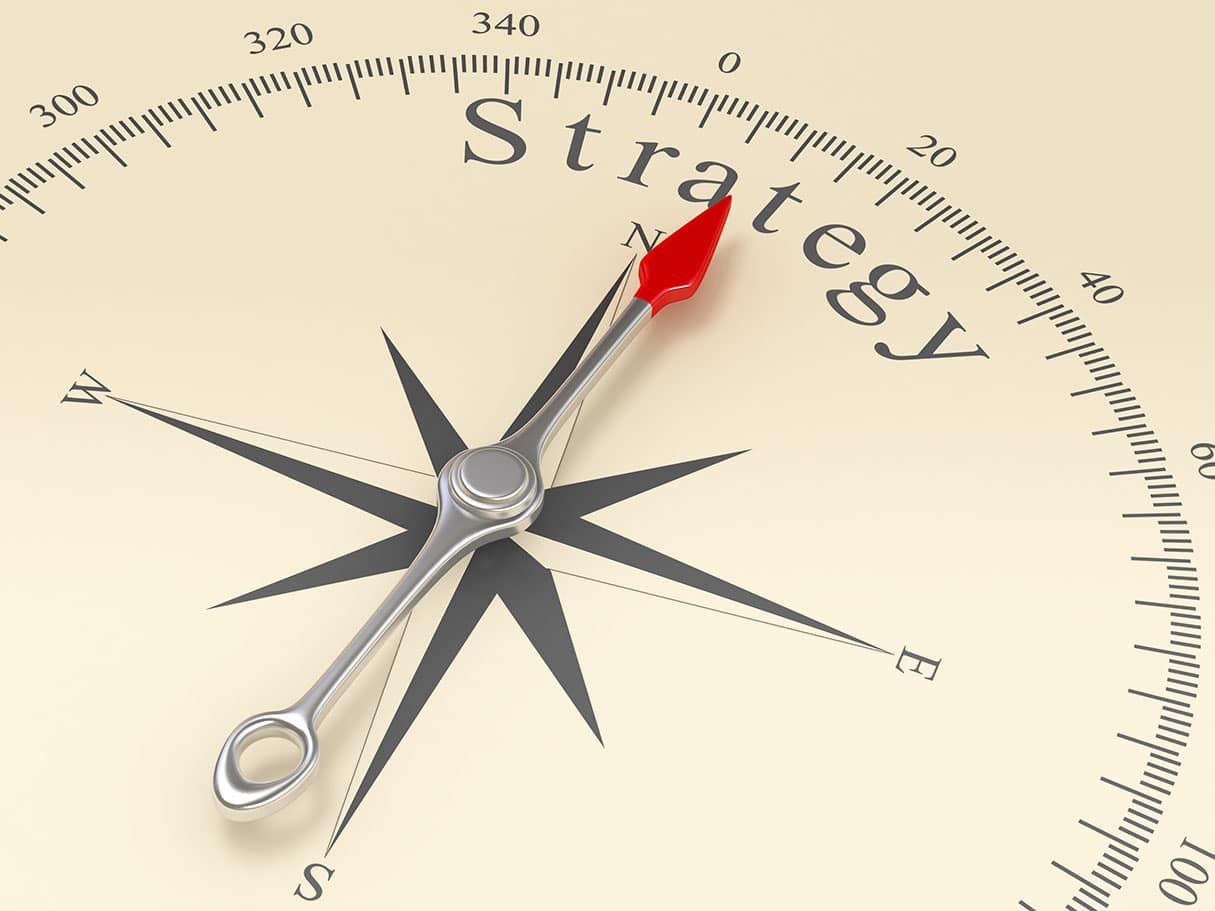S&OP and S&OE for Supply Chain Agility: The Winning Match
Introduction
S&OP and S&OE for Supply Chain Agility is the formula that leading organizations use to stay ahead in today’s volatile market. Sales & Operations Planning (S&OP) has long been the backbone of strategic supply chain management, aligning business leaders around a unified plan to meet customer demand and achieve financial goals. But in a world where demand shifts rapidly and disruptions are the norm, strategy alone is not enough. That’s why the most agile supply chains pair S&OP with Sales & Operations Execution (S&OE), ensuring that plans adapt in real time and execution stays aligned with market realities.

What is the Difference Between S&OP and S&OE for Supply Chain?
S&OP is a cross-functional planning process that brings together sales, operations, finance, and product leaders to align on demand, supply, capacity, and financial priorities. It operates at both strategic and tactical levels, typically looking 3 to 18 (or even 24) months ahead. This process is essential for setting the direction of the business, forecasting demand, and aligning resources to meet long-term goals.
S&OE, by contrast, focuses on the next 0–12 weeks. It translates S&OP strategy into daily execution at the SKU level, ensuring the business responds quickly when reality doesn’t follow the plan. This real-time execution is essential for maintaining supply chain agility and seizing opportunities as they arise. For example, if a sudden spike in demand occurs due to a viral social media trend, S&OE enables the company to react immediately, adjusting production and distribution to capture the opportunity.
When each department and process operates in isolation, organizations struggle to react to change with speed and confidence. When they operate as one, companies stay agile, aligned, and ready for whatever the market brings next. The result is a supply chain that can:
- Sense change early
- Adjust with precision
- Protect service and margins
- Execute with confidence
- Meet or exceed service levels

Where S&OP Stops, S&OE Begins
Even the strongest S&OP process will struggle without a way to handle real-world changes. Plans rarely play out exactly as expected. S&OP and S&OE for Supply Chain Agility bridges the gap between long-range strategy and near-term execution by monitoring short-term demand and supply, resolving issues quickly, and ensuring daily decisions reinforce long-term priorities.
Think of it as the difference between planning your route and actively steering around traffic in real time. S&OP defines where you’re going. S&OE keeps you on course when the environment changes. You need both to create a well-prepared, truly agile supply chain.
For instance, a company may plan to launch a new product line six months from now (S&OP), but if a key supplier faces a disruption next week, S&OE processes will help the business pivot quickly—perhaps by sourcing alternative materials or adjusting production schedules—so that the long-term plan stays on track.
The Role of S&OE in Modern Supply Chains
S&OE serves as the real-time control system for the supply chain. It ensures the organization stays aligned and responsive by:
- Continuously monitoring demand, supply, and inventory at a granular level
- Surfacing deviations early before they impact customers or cost
- Enabling fast operational pivots through lead-time adjustments and capacity shifts
- Aligning cross-functional teams and decision-making
- Ensuring short-term decisions reinforce, rather than derail, long-term strategy
Without S&OE, even well-designed plans risk breaking down under real-world conditions. Real-time execution is now a must-have for supply chain agility. For example, if a retailer sees a sudden drop in inventory due to unexpected demand, S&OE processes can trigger expedited shipments or reallocate stock from other locations to maintain service levels.
S&OP and S&OE for Supply Chain Agility is not just about reacting to problems; it’s about creating a proactive, resilient supply chain that can anticipate and respond to change faster than the competition.

Technology Makes S&OP and S&OE for Supply Chain Agility Possible
Modern supply chains don’t run on spreadsheets. They are powered by platforms that unify data from internal and external sources and use AI and machine learning to automate decisions, surface risks before they become disruptions, and help organizations consistently deliver their promise. They don’t guess — they sense, predict, and act.
A modern planning platform, such as ToolsGroup’s AI-powered S&OP solution, enables businesses to:
- Collaborate seamlessly across functions with a unified data model
- Minimize forecast volatility and surprises
- Understand the business impact of every decision
- Act quickly with real-time, data-driven insights
With the right technology in place, planners gain the clarity and confidence to make faster, smarter decisions, ultimately turning volatility into a competitive advantage. For example, AI-powered planning technology can analyze thousands of variables in real time, recommending the best course of action when disruptions occur.
S&OP and S&OE for Supply Chain Agility is only possible when organizations invest in the right digital tools. These platforms break down silos, accelerate decision-making, and enable true end-to-end visibility across the supply chain.
Building S&OP and S&OE for Supply Chain – What Comes Next
Gartner’s Future of Supply Chain 2025 report makes it clear: agility and real-time execution are now key differentiators. Few organizations today excel at both long-term planning and near-term execution, and those that do are gaining meaningful advantages in service, cost, and resilience.
S&OP and S&OE for Supply Chain Agility isn’t optional anymore. It’s a critical capability for supply chains that want to compete — and win — in today’s ever-changing landscape.
To build a supply chain designed for the future, companies must:
- Foster a culture of collaboration and continuous improvement
- Invest in advanced planning technology and real-time execution tools
- Train teams to use data-driven insights for faster, better decisions
- Regularly review and refine S&OP and S&OE processes to adapt to changing market conditions
By embracing these best practices, organizations can turn volatility into opportunity and ensure long-term success.

FAQs
What’s the difference between S&OP and S&OE for Supply Chain?
S&OP plans the business 3–18 months ahead, while S&OE manages the next 0–12 weeks to ensure execution remains aligned with the plan. By combining the two, supply chains can run on long-term planning that adds an element of agility to navigate unforeseen circumstances and changes.
Why do companies need S&OE if they already have S&OP?
S&OE manages real-world variability. Without it, S&OP planning becomes disconnected from real-time changes to supply chains, forcing delayed, reactive, and costly responses.
Can spreadsheets support S&OE?
Spreadsheets can work for supply chain management in the early stages of a company, but this option doesn’t scale or create a truly responsive S&OE planning system. Mature organizations require AI-driven digital solutions that connect platforms to eliminate silos, accelerate decision-making, and enhance response time and accuracy.
How does technology support S&OP and S&OE for Supply Chain?
Digital supply chain solutions provide companies with access to advanced planning systems that offer real-time data, automation, scenario analysis, and exception guidance, enabling synchronized supply chain planning and execution. These capabilities are critical to both S&OE and S&OP.





